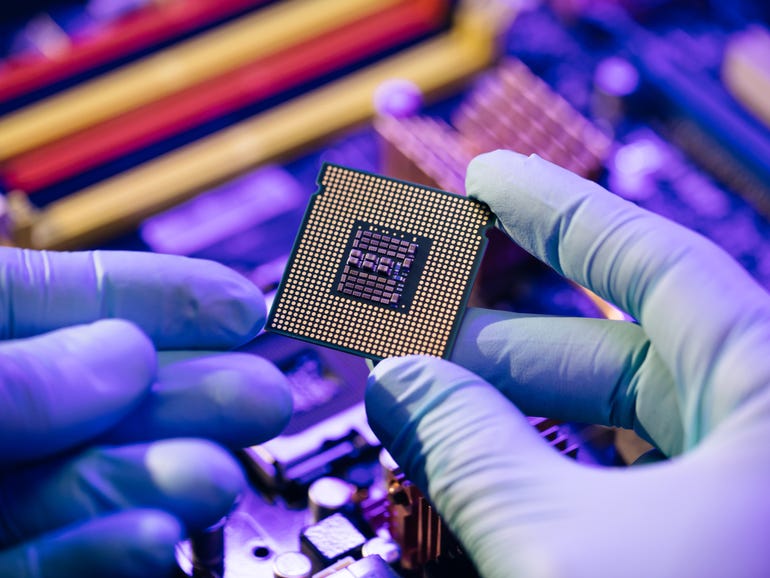Amid global chip shortage, semiconductor sales reached record levels in 2021
Global semiconductor industry sales reached $556 billion in 2021, up 26% on the 2020 figure of $440 billion, according to the Semiconductor Industry Association (SIA).
According to the SIA, 2021 saw the highest ever annual total for the industry. Even so, it failed to keep up with demand, leaving computer manufacturers and the auto industry, in particular, short of components.
Despite the shortages felt by these sectors, the industry shipped a record 1.15 trillion semiconductor units in 2021. The SIA notes that it represents 99% of the US semiconductor industry by revenue and about two-thirds of non-US chip firms.
SEE: Hunker down: The chip shortage and higher prices are set to linger for a while
Intel, the world’s second largest semiconductor manufacturer, reported in January that its Q4 2021 revenue was $1.2 billion above the company’s expectations. According to CEO Pat Gelsinger, Intel also saw its best-ever quarterly and full-year revenue.
Intel is one of the companies vying for grants under US’s CHIPS for America Act, which the US Senate in June passed in order to distribute $52 billion in subsidies for building semiconductor fabs in the US. A related ‘Facilitating American-Built Semiconductors’ (FABS) Act is considering tax incentives as well. The legislation addresses the dependence on semiconductor supplies from Asia.
Intel in January said it planned to spend $20 billon on on two chip plants in Ohio, but it won’t help short-term supply shortages. Construction should begin in late 2022 with production expected to commence in 2025.
AMD also reported a record-breaking 2021, while contract manufacturing giant Taiwan Semiconductor Manufacturing Company (TSMC) reported double-digit growth in Q4 2021. TSMC has announced plans to spend $100 billion over three years to boost semiconductor capacity and it’s already building a $12 billion plant in Arizona.
In January, analyst firm Gartner said that worldwide semiconductor revenue for 2021 reached $583 billion, exceeding $500 billion for the first time. Samsung took the lead in revenue terms from Intel. Higher sales for the semiconductor industry are in part due to the higher price of materials for semiconductors, according to Gartner. This in turn is impacting what computer OEMs choose to make. For example, Chromebook shipments have declined dramatically as manufacturers opt to make higher-end Windows products, according to analyst IDC.
New 5G smartphones have also helped drive semiconductor revenue, Gartner noted, while memory was the best performing semiconductor category thanks to demand from cloud giants like Amazon Web Services, Microsoft and Google.
With the CHIPS Acts passed, SIA has called on the US government to fund new investments as the chip shortage persists. A recent study by the US Department of Commerce found that chip shortages will last through to the second half of 2022.
“Demand for semiconductor production is projected to rise significantly in the years ahead, as chips become even more heavily embedded in the essential technologies of now and the future,” said John Neuffer, SIA president and CEO.
“To ensure more semiconductor production and innovation is located in America over the long term, the U.S. government must swiftly fund CHIPS Act investments in semiconductor research, design, and manufacturing as part of bipartisan competitiveness legislation. Doing so will greatly strengthen America’s economy, national security, critical infrastructure, supply chains, and tech leadership.”





Pingback: buy ephedra sinica
Pingback: Asbestos Abatement Mineola